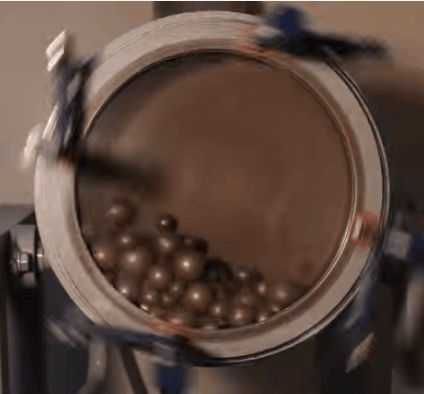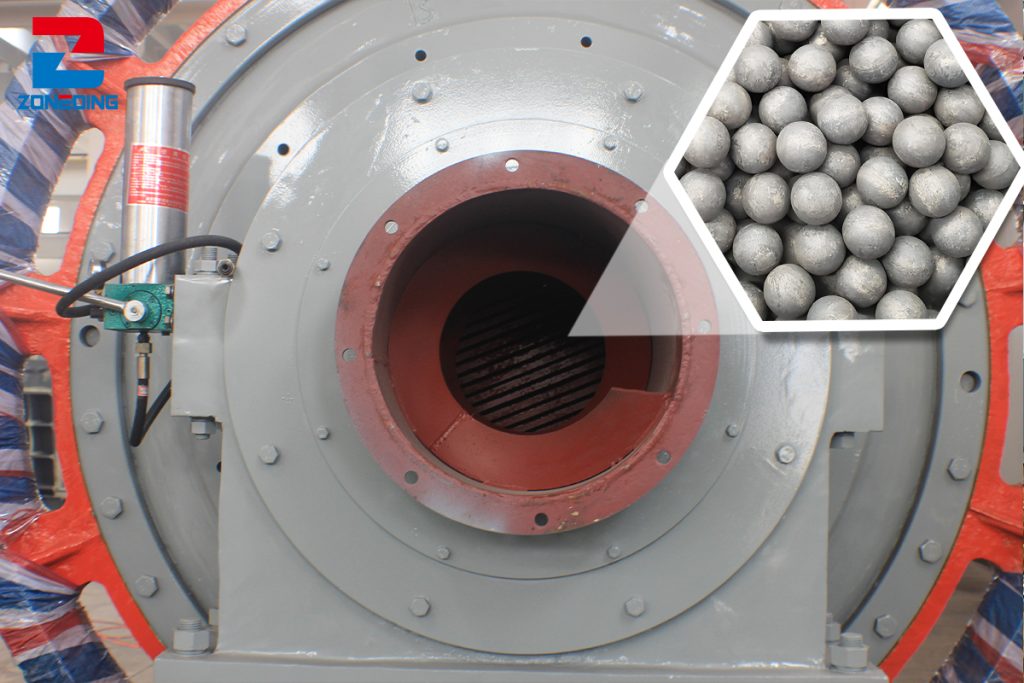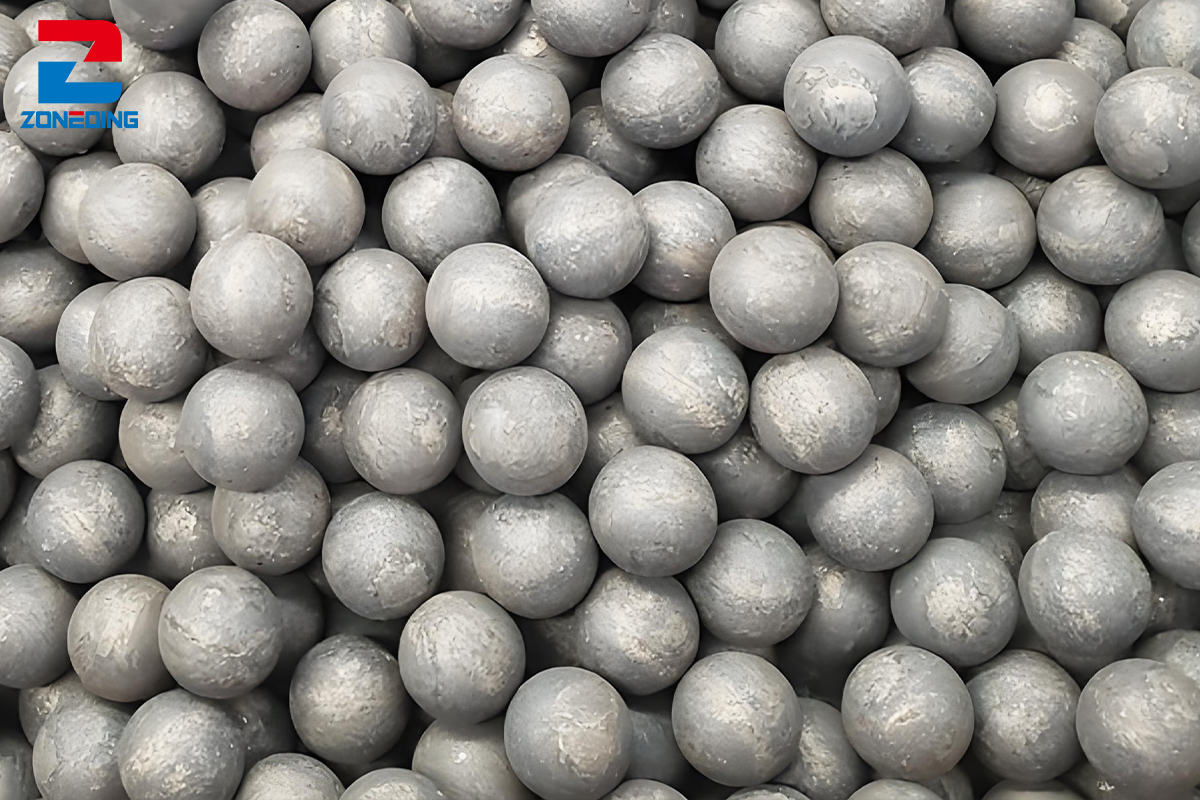Steel Ball
Steel ball is the grinding medium filled in ball mill. The grinding operation of ball mill is completed by steel balls, so the steel ball quality is crucial.
Features of Steel Ball
- High strength and wear resistance: made of high quality steel to ensure that it is not easy to be deformed or worn out in the process of use, which greatly extends the service life.
- High precision: each steel ball has gone through strict quality inspection, the size is precise and in line with international standards, which can meet a variety of high-precision needs.
- Smooth surface: after fine polishing, the surface of the steel ball reaches the mirror level, which reduces the friction resistance during use and improves the working efficiency.
- Good thermal stability: able to maintain stable performance in high or low temperature environment, not easy to be affected by thermal expansion and contraction.
How does a Features of Steel Ball work?
The working principle of steel balls is mainly based on their rolling and friction properties. In mechanical equipment, steel balls are used as transmission or support parts to transfer force or support loads by rolling. The smoothness and hardness of its surface determines the friction resistance and wear resistance of the steel ball in the working process, which in turn affects the operating efficiency and life of the whole equipment.
In addition, steel balls are often used as grinding media, in the grinding process, through the friction with other materials or the inner wall of the equipment, to achieve the purpose of crushing, grinding or mixing materials.

Application
This steel ball is widely used in many fields, including but not limited to:
- Machinery manufacturing: as an important part of bearings, gears and other mechanical components, to improve the operational efficiency and stability of machinery.
- Mining and metallurgy: play a key role in ore crushing, grinding and other processes to improve production efficiency.
- Chemical industry: used in reactors, stirrers and other equipment to promote chemical reactions.
How many balls are needed in a ball mill?
Grinding steel ball proportioning can greatly affect the output and quality of ball mill. Only by ensuring a certain proportion of various balls, can they be adapted to the particle size of ground material, and achieve a good grinding effect.
principles when adding grinding steel balls
- Processing of ore with large hardness and coarse particle size requires greater impact force and needs to be loaded with steel grinding balls of larger size. The harder the material, the larger the ball diameter;
- If the diameter of the ball mill is large, the impact force will be large. Then the diameter of steel grinding balls should be small;
- If a double-chamber partition is used, the ball diameter should be smaller than that of a single-layer partition plate with the same discharge section;
- Generally, follow the principle of “less at two ends and more in the middle”, that is, four-level ball distribution, with fewer large and small steel balls, and more balls in the middle.

Specification
Steel Ball
| Material Standard | ||||||||||
| Europe | Germany | |||||||||
| EN | DIN | WR | ||||||||
| 70Cr2 | 70Cr2 | 1.2007 | ||||||||
| Physical Properties | ||||||||||
| Material | Size | Volumetric Hardness | Surface Hardness | |||||||
| 70Cr2 | 20 – 150 mm | 58 – 65 HRC | 55 – 65 HRC | |||||||
| Chemical Analysis | ||||||||||
| %C | %Cr | %Mn | %Si | %P | %S | %Cu | %Ni | %Mo | %Sn | %Al |
| 0.65-0.75 | 0.55-0.70 | 0.75-0.90 | 0.2-0.3 | ≤0.03 | ≤0.03 | ≤0.30 | ≤0.4 | ≤0.1 | ≤0.06 | ≤0.1 |
| Packing | ||||||||||
| Type | Weight | |||||||||
| Jumbo Bag | 1000 kg | |||||||||
| Drum | 850 – 950 kg | |||||||||
 Zoneding Machine
Zoneding Machine
